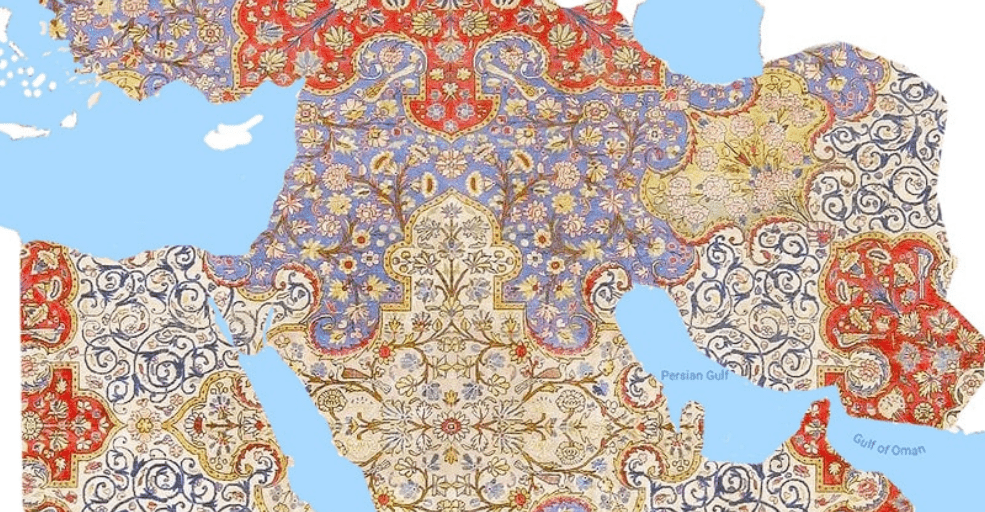By Islam Salah
For centuries, Middle Eastern carpets have been more than just floor coverings—they’re prized heirlooms passed down through generations. Whether a Persian rug with intricate patterns or a Berber weaving full of color, each masterpiece tells a story of craftsmanship and cultural heritage.
These timeless pieces have served as both functional items in homes and important symbols of the region’s artistic legacy. Let’s explore their significance across the Middle East!
Historical and Cultural Significance of Middle Eastern Rugs
Rug-making in the Middle East dates back thousands of years, evolving from practical items to powerful cultural symbols. In ancient times, intricate designs on rugs often represented status.
Beyond their aesthetic value, they also played crucial roles in religious and political ceremonies, marking significant events like weddings and celebrations, and were even given as gifts to solidify alliances.
Craftsmanship and Design: Persian and Berber Rugs
Middle Eastern rugs are renowned for their meticulous craftsmanship and distinct designs, each woven by skilled artisans using techniques passed down through generations.
Persian rugs usually feature intricate floral patterns, geometric motifs, and medallions that symbolize nature, life cycles, and spiritual themes. Geometric patterns, such as diamonds or hexagons, are also common, representing balance and harmony.
On the other hand, Berber rugs focus on bold, tribal symbols, usually abstract and mysterious, reflecting the beliefs and experiences of the Berber people.
The materials used in these rugs—wool, silk, and natural dyes—play a significant role in their durability and artistic value. Wool provides a soft yet resilient foundation, while silk adds a luxurious sheen to the designs. Plus, natural dyes derived from plants and minerals ensure vibrant, long-lasting colors that make these rugs both functional and beautiful.
Rugs as Cultural Heirlooms and Social Symbols
Middle Eastern rugs carry family history, memories, and cultural pride. These heirlooms represent continuity and tradition as they pass from one generation to the next.
Historically, they also acted as status symbols within communities, with intricate designs and high-quality materials reflecting wealth, power, or influence. Because of that, these rugs are living records of a society’s values and evolution.
Middle Eastern Rugs on the Global Stage
Middle Eastern rugs have become highly sought after in the global market, admired for their intricate craftsmanship. International demand for these rugs continues to rise, with collectors and interior designers alike seeking them for their beauty and historical significance.
As modern design trends develop, these rugs adapt to contemporary tastes while preserving their cultural roots. Whether through bold geometric patterns or softer, more minimalist designs, Middle Eastern rugs offer a unique blend of tradition and artistic expression.
The Legacy of Middle Eastern Rugs
Middle Eastern rugs remain symbols of craftsmanship, cultural heritage, and artistic tradition. They’re not only functional pieces but also cherished heirlooms that preserve the history and identity of their societies. Today, these rugs continue to captivate global audiences, bridging the past with modern artistic expression while remaining timeless treasures.
WE ALSO SAID: Don’t Miss…The Motherland Of Artisans: 9 Crafts You Didn’t Know Originated In Egypt



